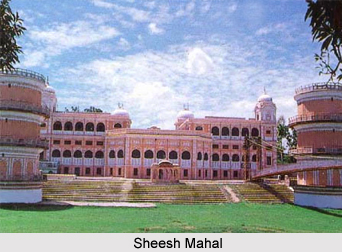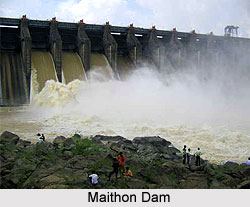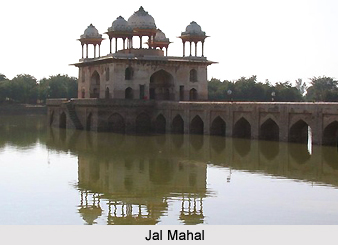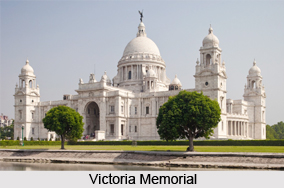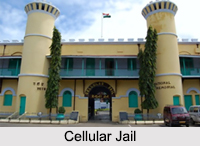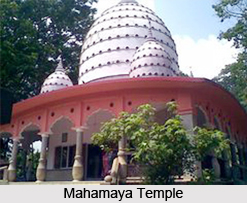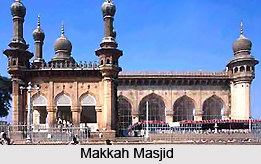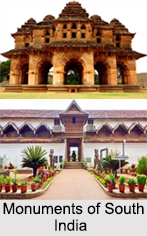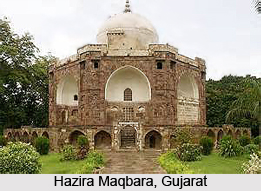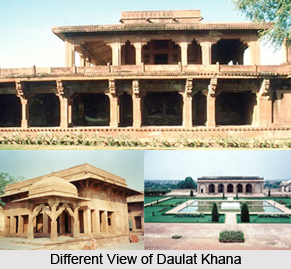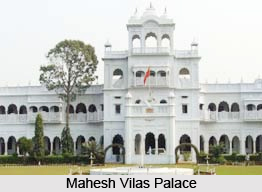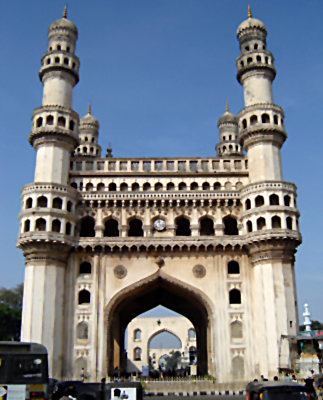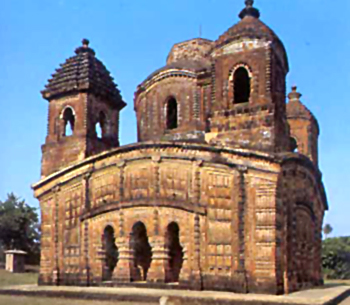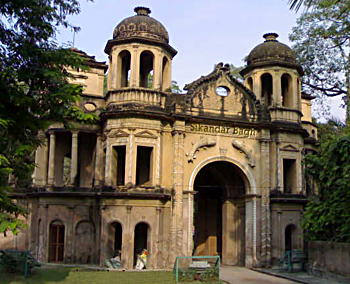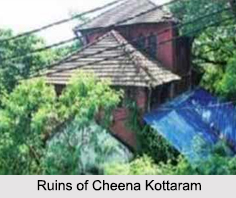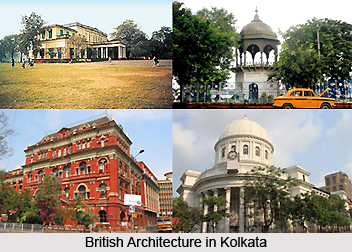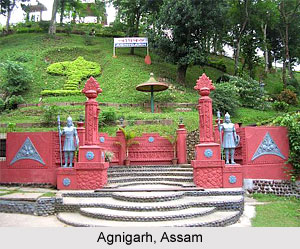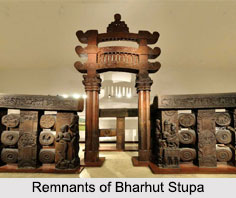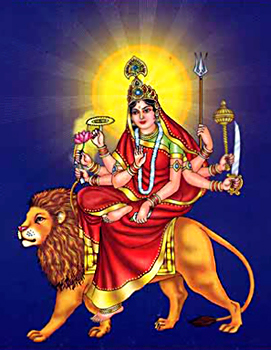 Iconography of Goddess Vaishnavi is quite popular throughout India. There are several images of the deity made of bronze and stone. The images which are found represent the goddess as bearing four arms. She is seated in a Baddha Padmasana on a double-petalled lotus. She wears the jata-mukuta and holds the gada and chakra in her upper right and left hands respectively, while the lower right holds padma and varada fashion and in the lower left there is an indistinct object. The goddess is shown wearing a lot of ornaments and she also wears a sacred thread. The figure of Garuda is shown represented seated on the pedestal on the right of the goddess. The image of the goddess is found along with two other images namely Lord Ganesha and Lokanatha.
Iconography of Goddess Vaishnavi is quite popular throughout India. There are several images of the deity made of bronze and stone. The images which are found represent the goddess as bearing four arms. She is seated in a Baddha Padmasana on a double-petalled lotus. She wears the jata-mukuta and holds the gada and chakra in her upper right and left hands respectively, while the lower right holds padma and varada fashion and in the lower left there is an indistinct object. The goddess is shown wearing a lot of ornaments and she also wears a sacred thread. The figure of Garuda is shown represented seated on the pedestal on the right of the goddess. The image of the goddess is found along with two other images namely Lord Ganesha and Lokanatha.
The general treatment of this particular image of the goddess is coarse and flattened to a certain extent. It lacks the soft gracefulness of the Vaishnavi image which was a product of the Pala School of Art. In the image the eyes are open, the eyebrows are raised, lips are turned forward resulting generally in a half-mocking weird smile. The iconography is so prominent that almost all the body parts are shown very clearly.
Another iconography of Vaishnavi represents the goddess as having a lovely face and beautiful breasts. This image of the deity carries a sankha in her left hand and a chakra in her right hand. The hands are in the pose of abhaya and varada pose. The complexion of the goddess is dark and she has beautiful eyes. She wears a yellow dress and on her head is placed a kirita-mukuta. The goddess is adorned with all those ornaments which adorn Lord Vishnu. The emblem or her banner is Garuda. She is placed under a Raja-vriksha. Like the image of Brahmani the iconography of goddess Vaishnavi is also represented as having six hands.
It has been found that these iconographies of the goddess are quite strong and rude. It immensely contrasts the soft, benign and calm facial expressions of the figures which are found in the Boguda district and Mainamati. Thus it can be said that images of goddess Vaishnavi which is found along with the images of Ganesha and Lokanatha is very different from the trends which are generally observed among the deities of goddess Vaishnavi.
